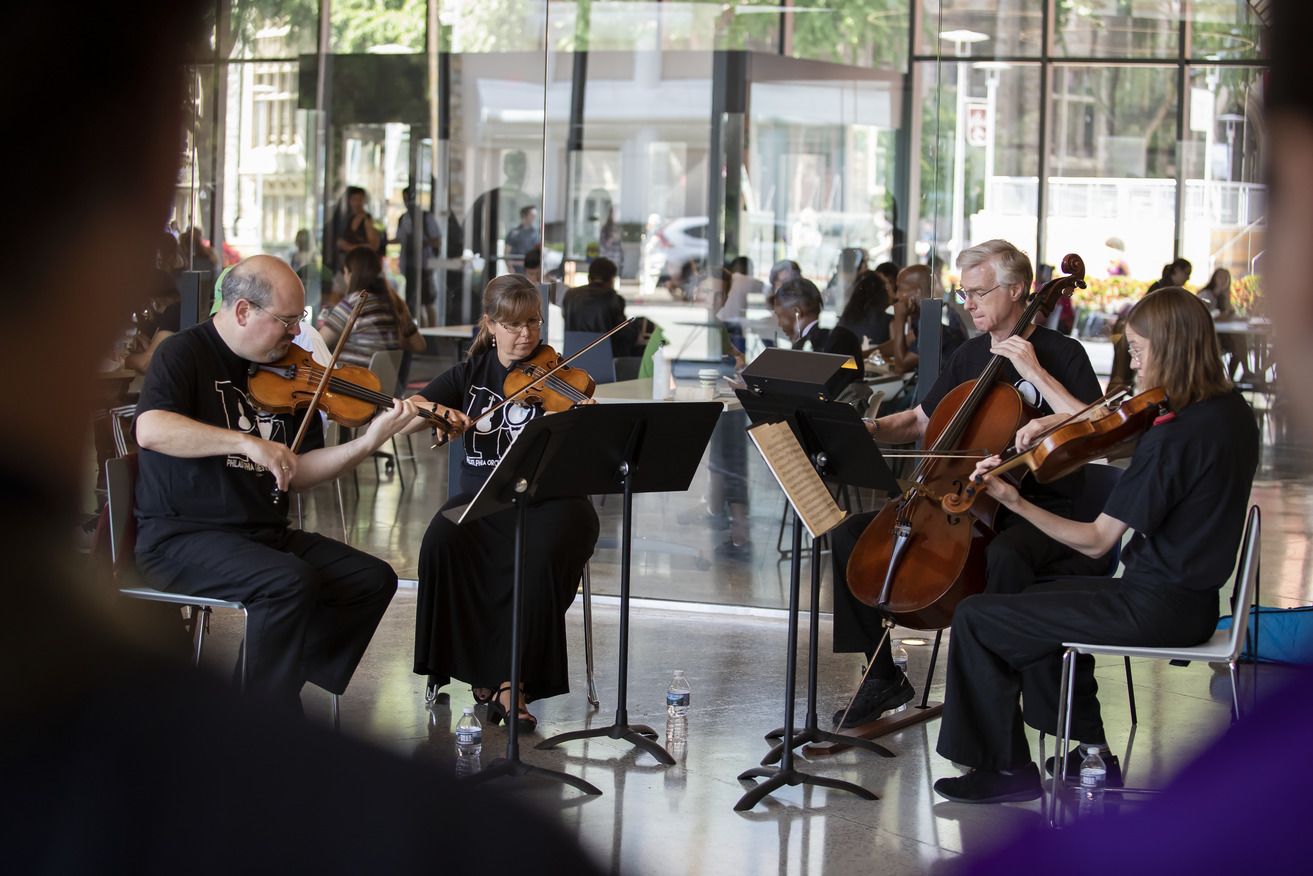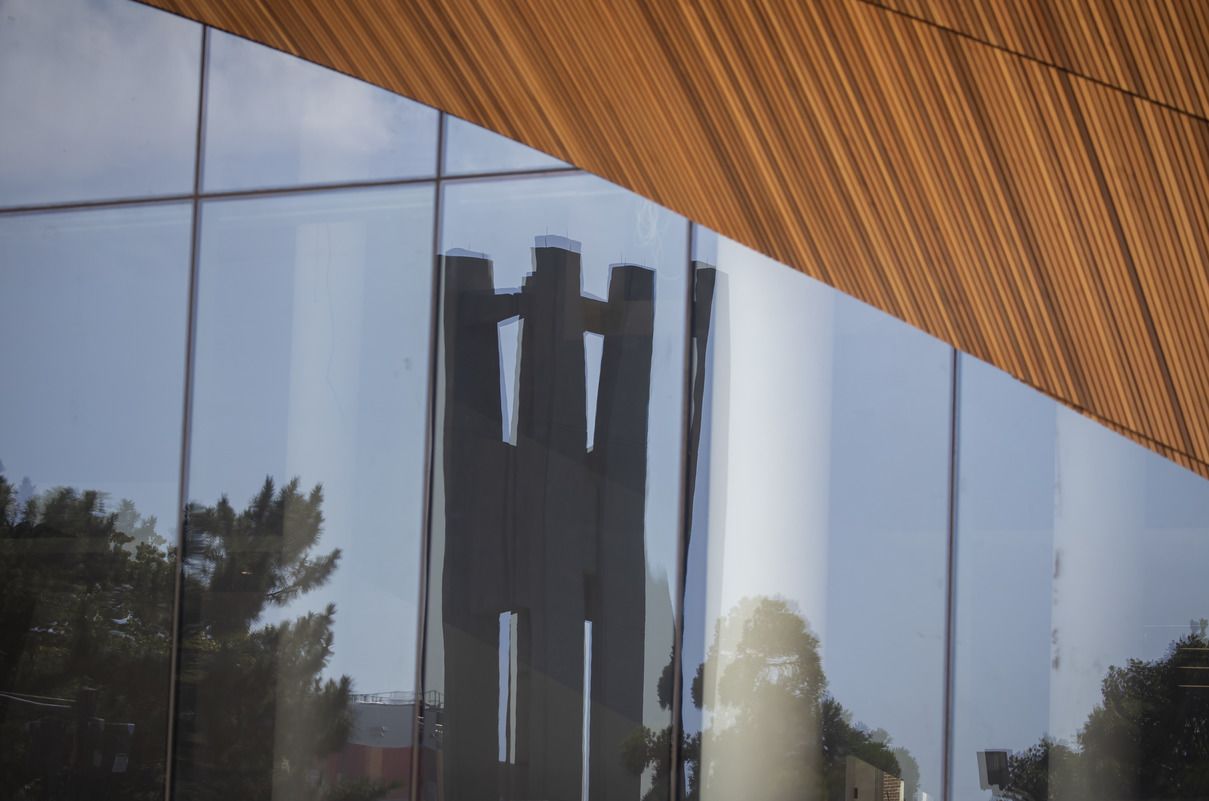The library where it happens
Charles Library is celebrating its one year anniversary this fall. Join us as we look back at what makes the library so special.
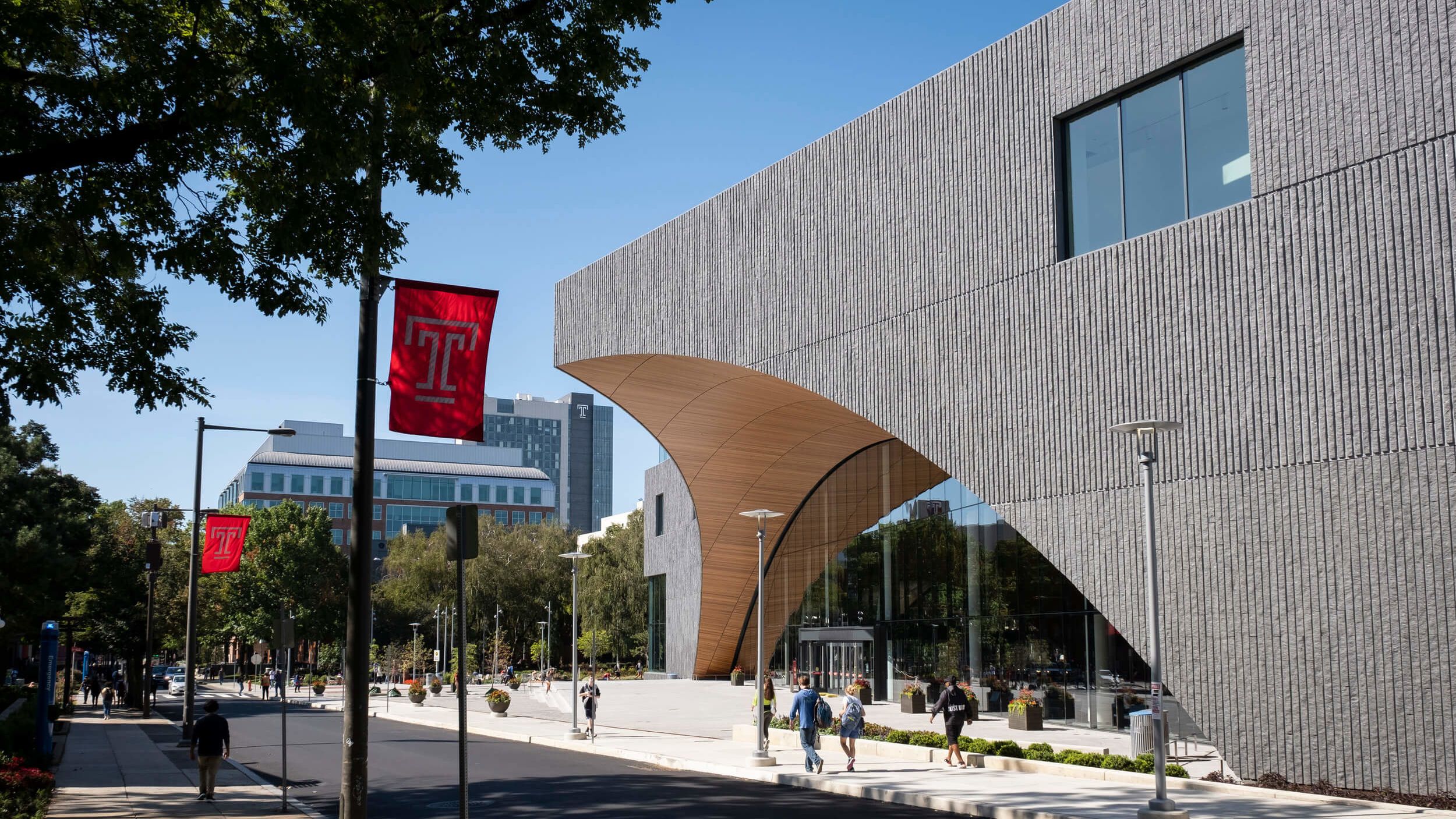
From the outside, Charles Library—with its vertical panels of charcoal grey stone, full-length glass windows and soaring curved wooden entrances—is impressive. But what’s more impressive is what goes on inside the building, both physically and virtually.
Named in recognition of a $10 million gift from entrepreneur and Temple Trustee Steve Charles, KLN '80, Charles Library is celebrating its one year anniversary this fall.
Since its opening the library has received rave reviews in the media and won numerous awards, such as Best of Competition from the American Library Association's 2020 Interior Design Award and Best of Year for Higher Education by Interior Design Magazine in 2019.
But for Owls, it’s what takes place within the walls—both those that are physical and those that are virtual—that makes the library so special: spaces dedicated to digital fabrication, immersive technologies, tutoring, archival exhibits, performances and more.
Instead of dusty bookshelves and librarians shushing patrons from behind a desk, Temple’s Charles Library is a hub of activity—whether online or in person.
To be sure, since COVID-19, the number of people using the library in-person at one time has been reduced, online events have replaced large face-to-face gatherings, and librarians are answering questions via Zoom, but the library is still facilitating those cross-disciplinary connections that are its hallmark.
“It’s a real statement about what we think a library is in an increasingly digital world, an increasingly interdisciplinary world, an interconnected world,” said Joe Lucia, dean of libraries.
“The library is both a space to experiment and explore technology, but it’s also a space to connect with the traditional modes of knowledge captured on paper and physical records. There’s this really interesting intersection of all these different purposes and missions.”
By inspiring students and faculty members to engage more directly with their academic activities and immerse themselves in their work, Charles Library embraces the needs of the modern learner and demonstrates a commitment to solving the problems facing our community, the city and society.
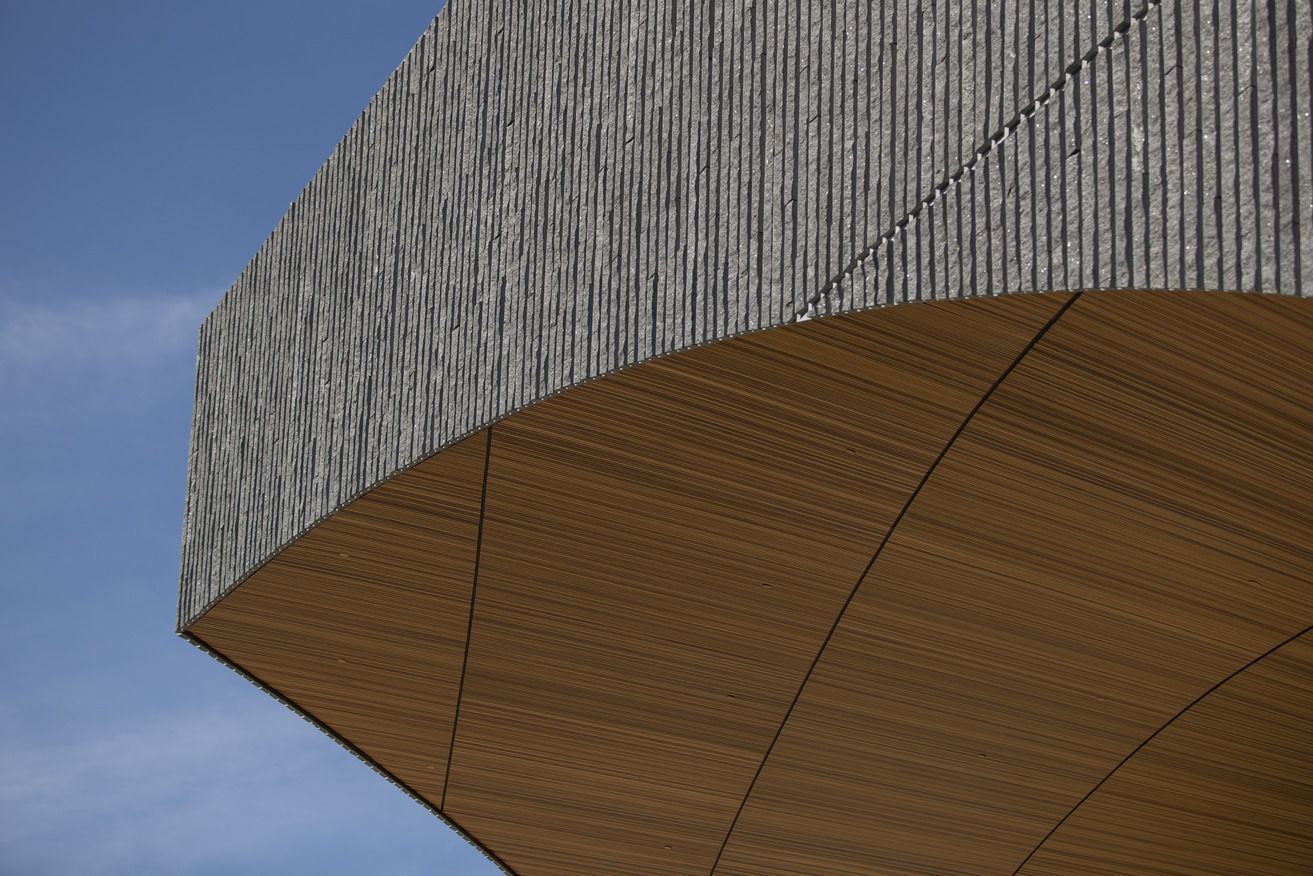
Here are highlights from Charles Library’s first year.
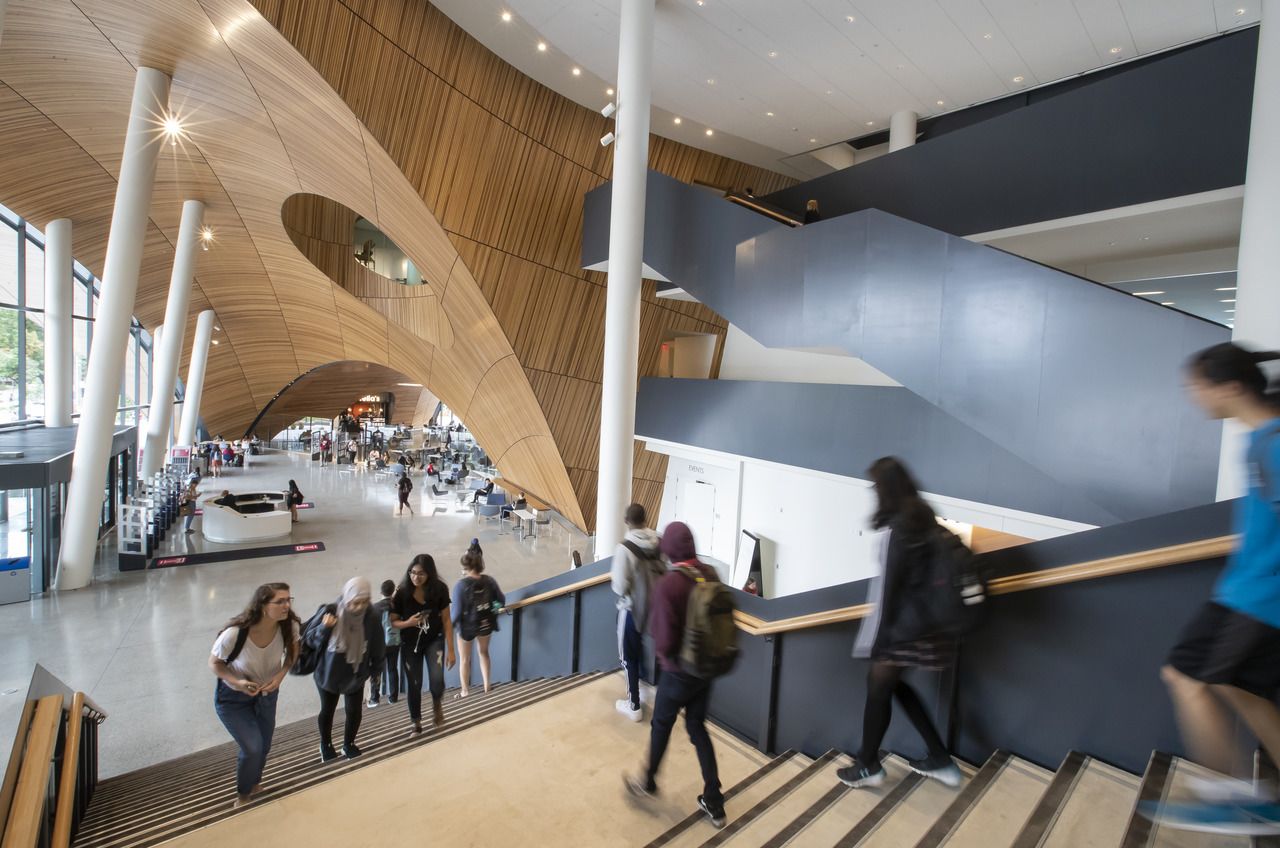
The makerspace
Associate Professor of Biology Tonia Hsieh described why she used the Loretta C. Duckworth Scholars Studio for one of her classes last fall this way: “Active learning—a process by which students learn by doing—has been shown to be incredibly effective for promoting engagement and retention with otherwise challenging or profound concepts.”
To improve her students’ educational experience, she sought to engage them with the material more fully by incorporating the use of makerspace tools into the course.
“By introducing students during their freshman and sophomore years to these powerful tools, I hope to plant a seed of innovation that can lead to greater things during their future studies and careers,” Hsieh said.
Her students took full advantage of the opportunity.
Neuroscience major Samantha Lorenzo, Class of 2022, and biochemistry major Jarrett Bobrin, Class of 2023, were looking to answer this question in their final project: To what extent can the brain repair itself after a traumatic brain injury?
They used the Scholars Studio to create a replica of the head of Phineas Gage, often referred to as one of the most famous case studies in neuroscience, for use in their final presentation. Gage was constructing a railroad when an explosion shot a metal rod through a large portion of his left frontal lobe. His survival, explained Bobrin, is a great example of how the brain has the ability to regenerate neural pathways.
Using the 3D printer, they created Gage’s skull, his brain and a rod that was removable.
“Normally intro classes are just lectures, but this was really cool and exciting,” said Lorenzo, who hails from Northeast Philadelphia.
Bobrin agreed. “I initially thought using a 3D printer was something out of my reach,” the Bucks County native and University of Miami transfer student explained. “But I was able to learn the software, with help from David Ross, the manager of the makerspace, and produce our model.”
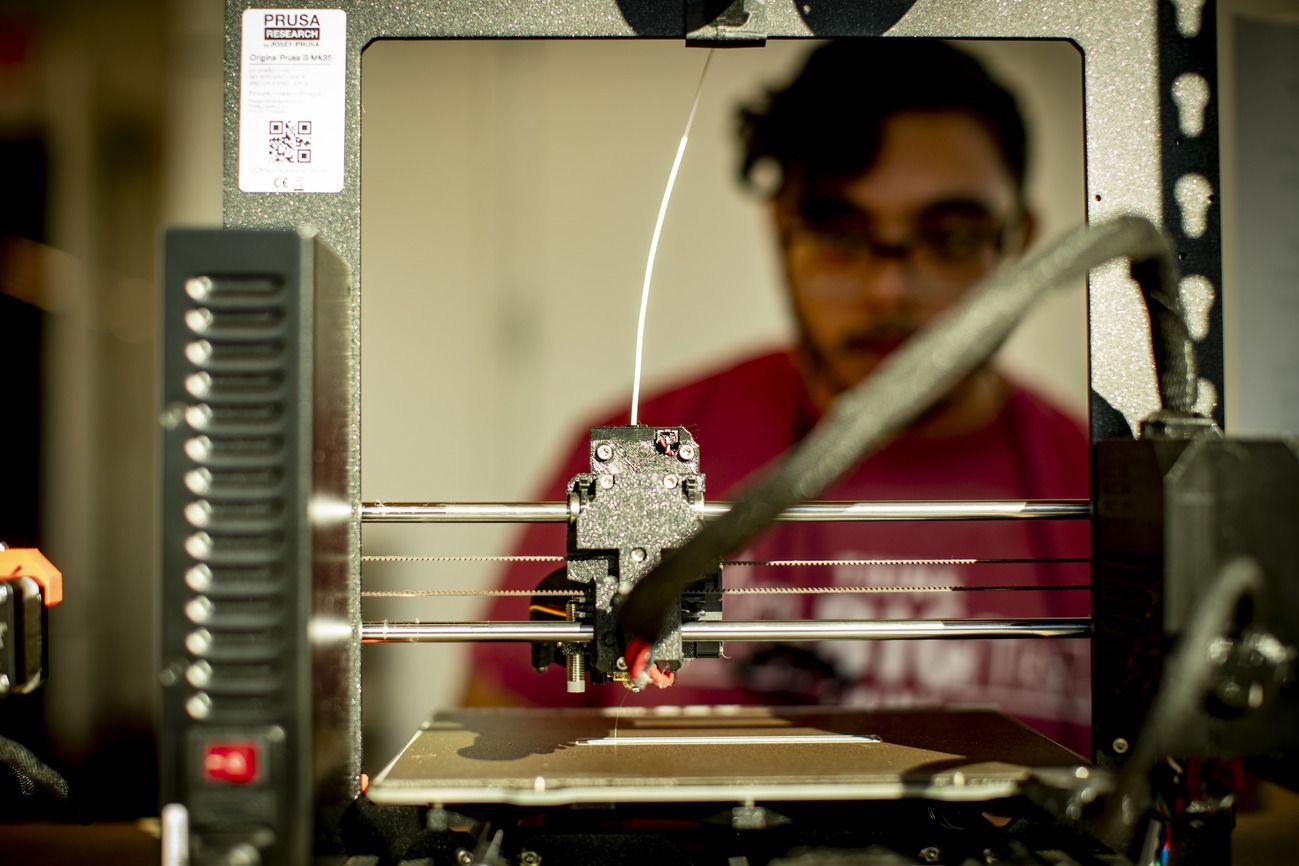

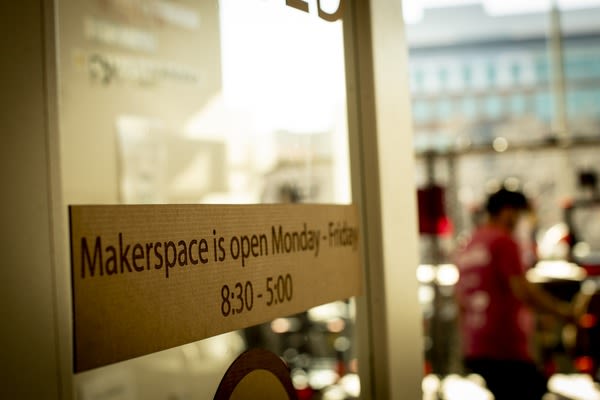
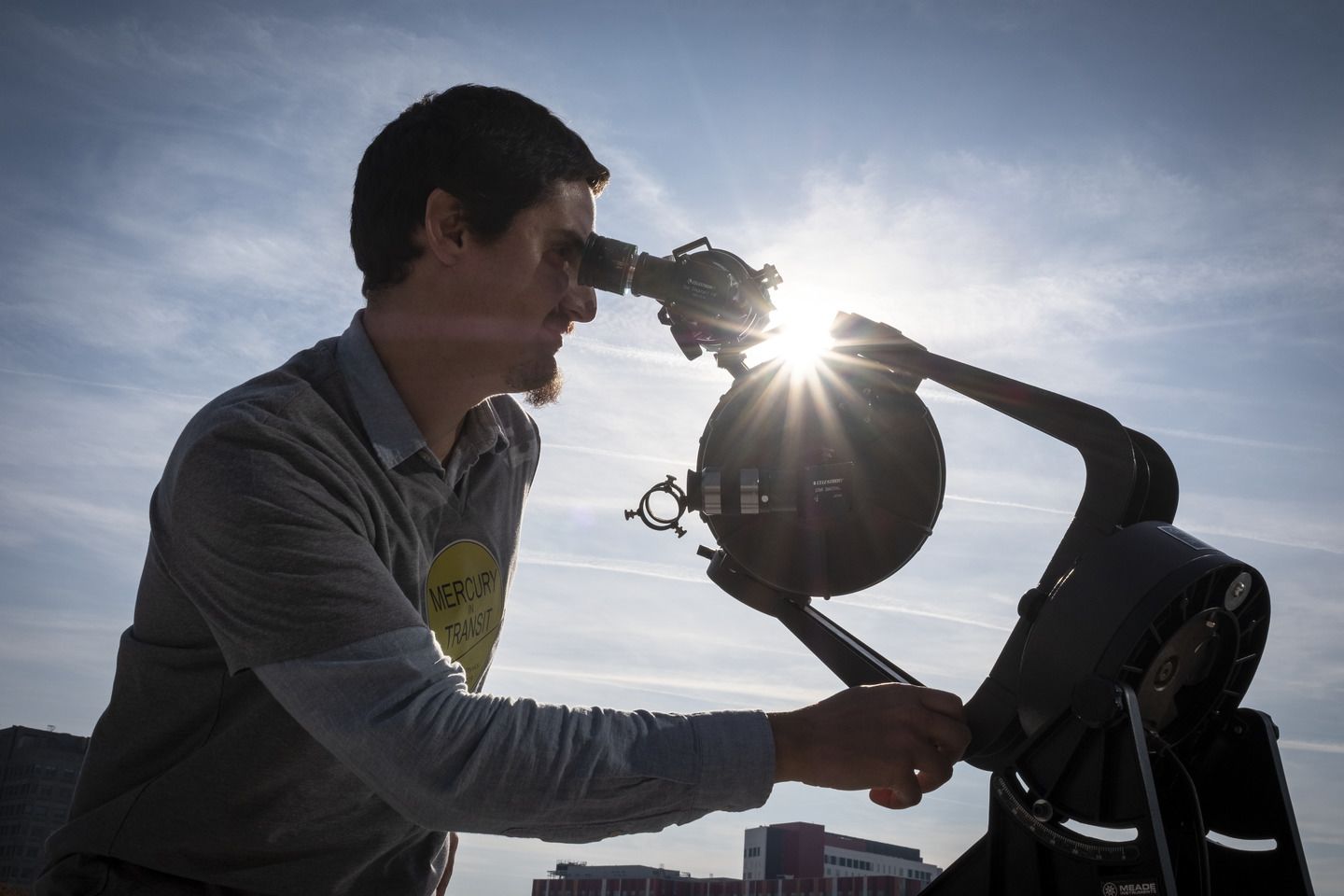
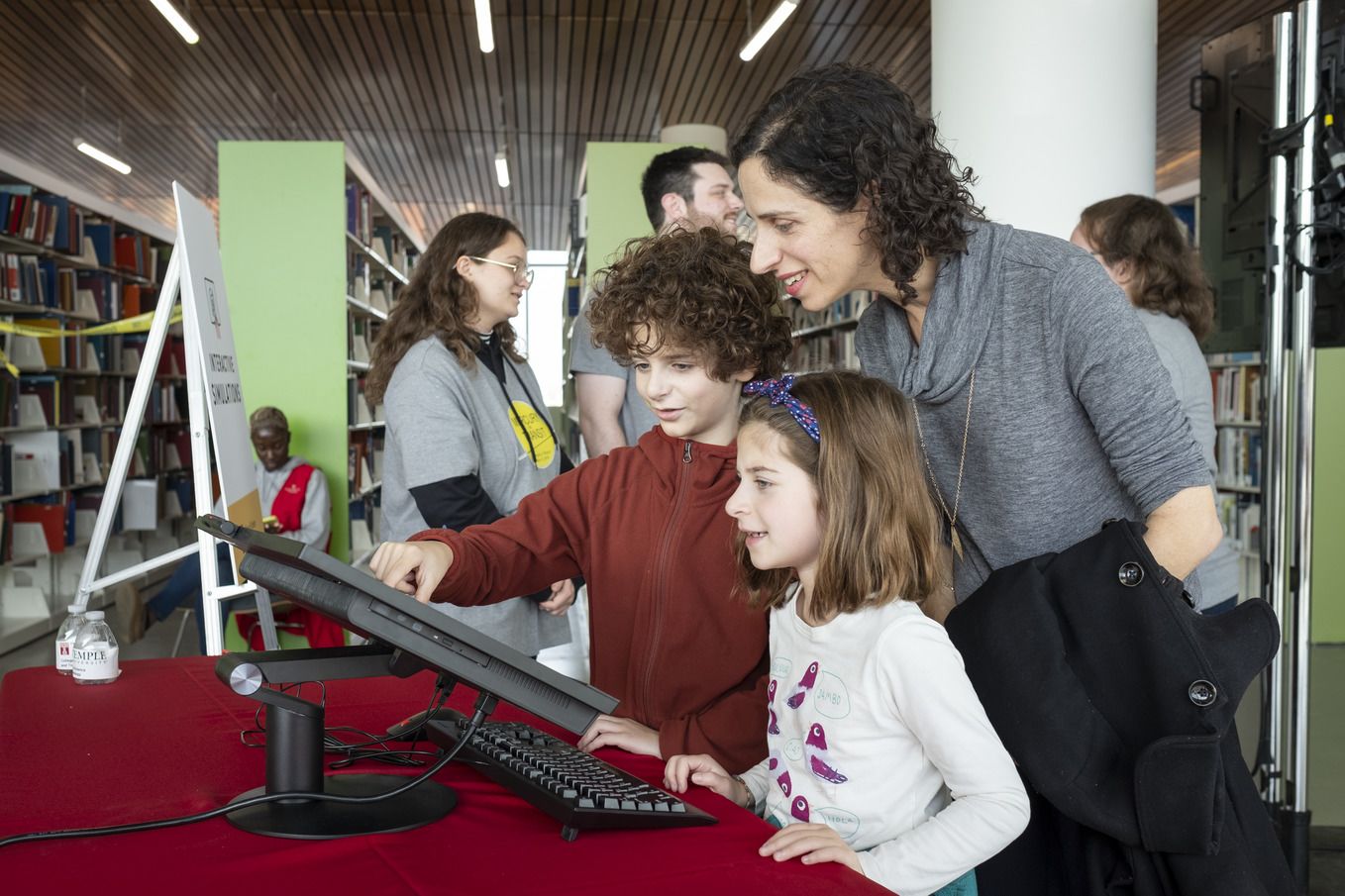
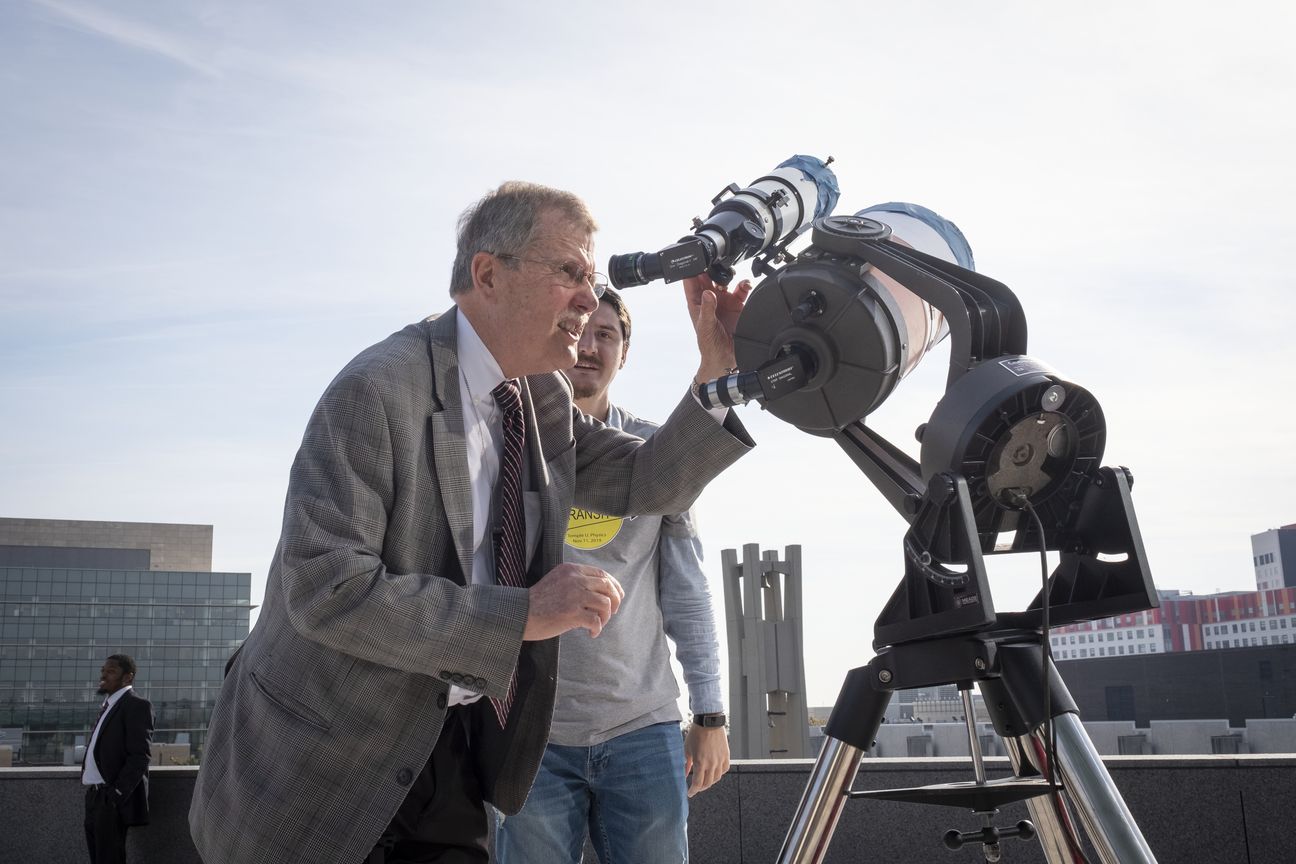
Mercury rising
In November, the College of Science and Technology used the library’s fourth floor terrace to host a viewing party to celebrate a rare occurrence: the transit of Mercury.
“I liked seeing the tiny planets in the boxes, and they kept getting smaller and smaller until they were tiny little dots,” said Clara, age 8, referring to a scale model of the planets in our solar system arranged to represent relative distance and size.
Clara, along with brother Darren, age 10, and mom Kerry Milch, assistant director for undergraduate enrichment at Temple, were among the nearly 500 who travelled to Charles Library to learn more about the astronomical event.
“When a planet in our solar system passes in front of the sun from our perspective on Earth, it’s called a solar transit,” said Matthew Newby, assistant professor of physics. “This can only happen for Mercury and Venus, since they are the only planets orbiting closer to the sun than the Earth is. And it’s a big deal because Mercury’s last solar transit was in 2016, and the next one won’t be until 2032.”
The viewing event, which was free and open to the public, was organized collaboratively by staff at the College of Science and Technology and Charles Library. It gave folks in the physics department an opportunity to share their excitement about astronomy.
The day included plenty of activities and exhibits for all ages, including informational posters, smaller scale sized models of Mercury, Venus, Earth, and the sun, and the coloring and making of star gazers for viewing constellations during each month of the year. That last activity was another of Clara’s favorites.
But Darren preferred viewing a solar system simulation through an interactive computer program. “I liked the big screen where you could zoom out and see all the planets,” he said.
Professor of Physics Jeff Martoff was in charge of the two telescopes at the event. One of them, the Coronado SolarMax 40, was meant specifically for viewing the sun while the other telescope had been modified with solar filters.
Through the SolarMax 40, Mercury really just looked like a tiny speck,” explained Martoff, “but beyond that observers could also see flaring solar plasma displays jumping off the edge of the bright orange sun.”
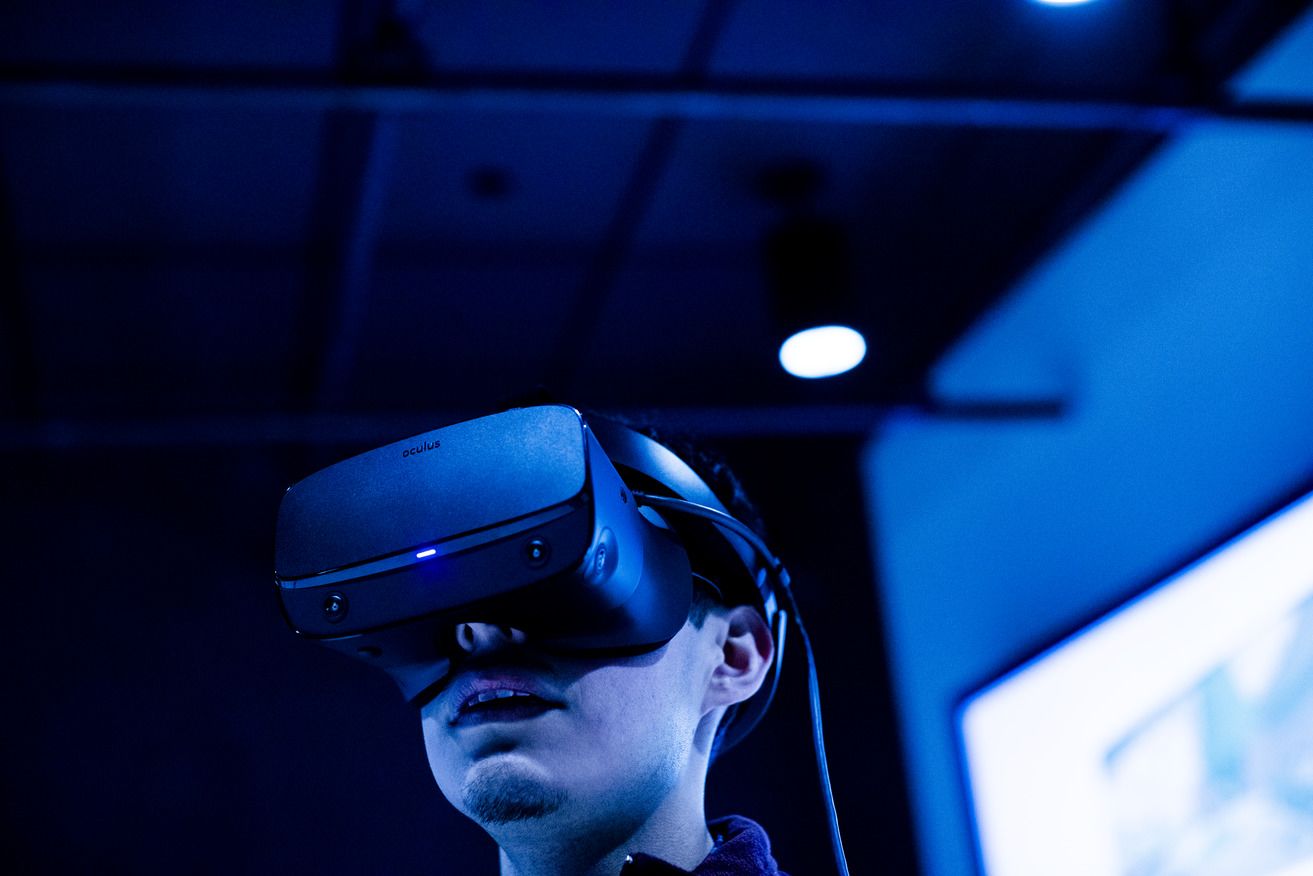
The virtual reality lab
During the spring semester, Brenda Teichman’s Community Clinical Nursing class used the virtual reality lab for empathy training.
Picture this: You are at a birthday party—your birthday party—with your family. But when you look around at your children and grandchildren, their faces are covered by big black circles. And you can’t hear them that well either, so it’s difficult to communicate and join in on the fun.
That’s what nursing major Michael Poser, Class of 2021, experienced during a virtual reality simulation in which he was placed in the position of a hard of hearing patient with macular degeneration.
“When nursing students are working in hospitals, they are very task-oriented, focusing on dispensing the right medications or helping a patient get comfortable,” said Teichman, a clinical nursing instructor in the College of Public Health. “They’re not thinking about why, for example, an Alzheimer’s patient may be acting out. They’re not thinking about what the patient may be feeling or what brain changes may be causing that behavior.”
That’s where the empathy training virtual reality simulations in the Loretta C. Duckworth Scholars Studio can help. The simulations provide participants with a first-person experience of dozens of healthcare situations, such as receiving a difficult diagnosis or being in hospice care. The students may experience the scenarios from the point of view of the patient or the patient’s family member.
“Going through the scenario of not being able to see or hear very well and then being able to talk through the experience with my fellow students really opened up my eyes,” Poser said. “It really makes you see that as a nurse, you need to meet people where they are.”
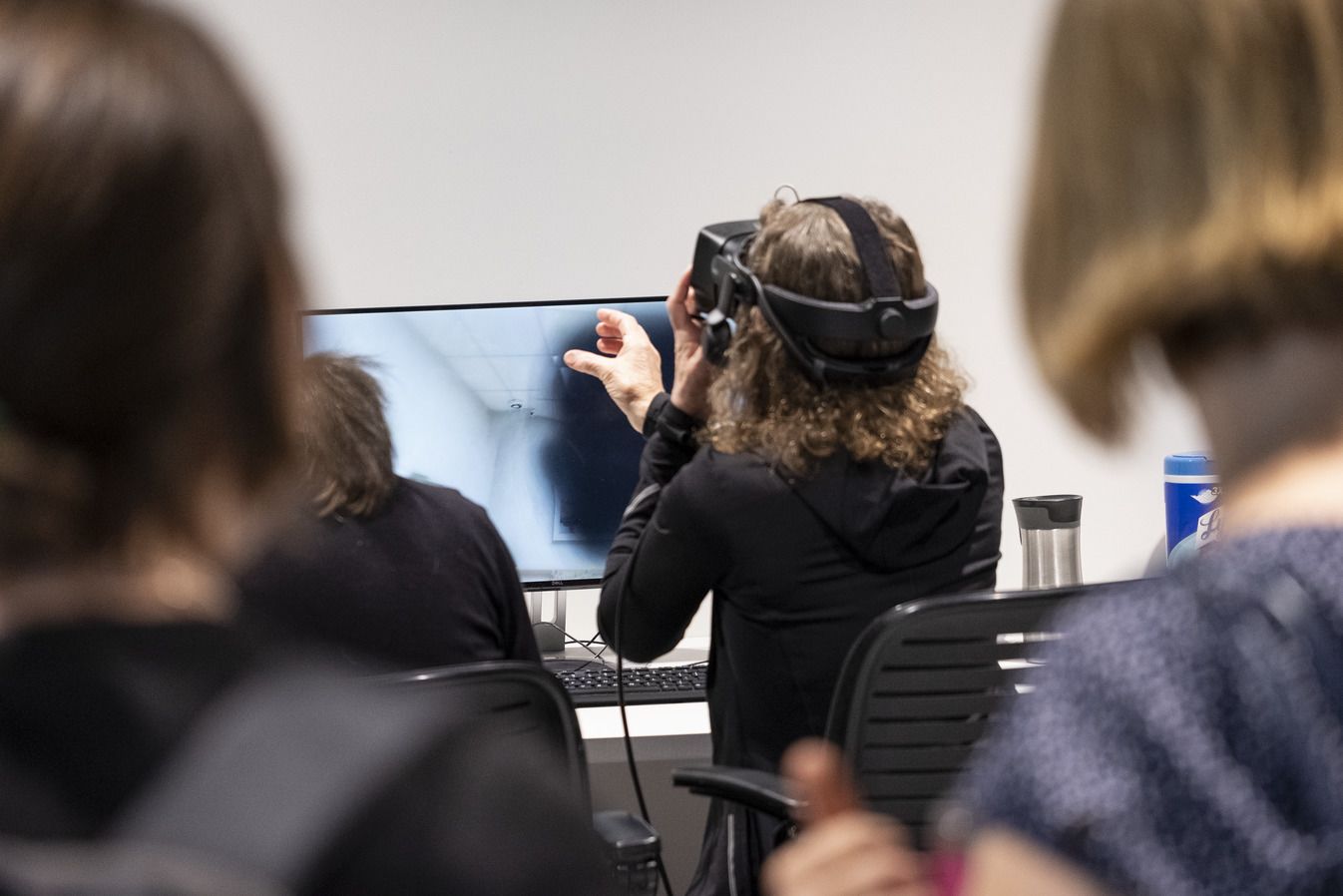
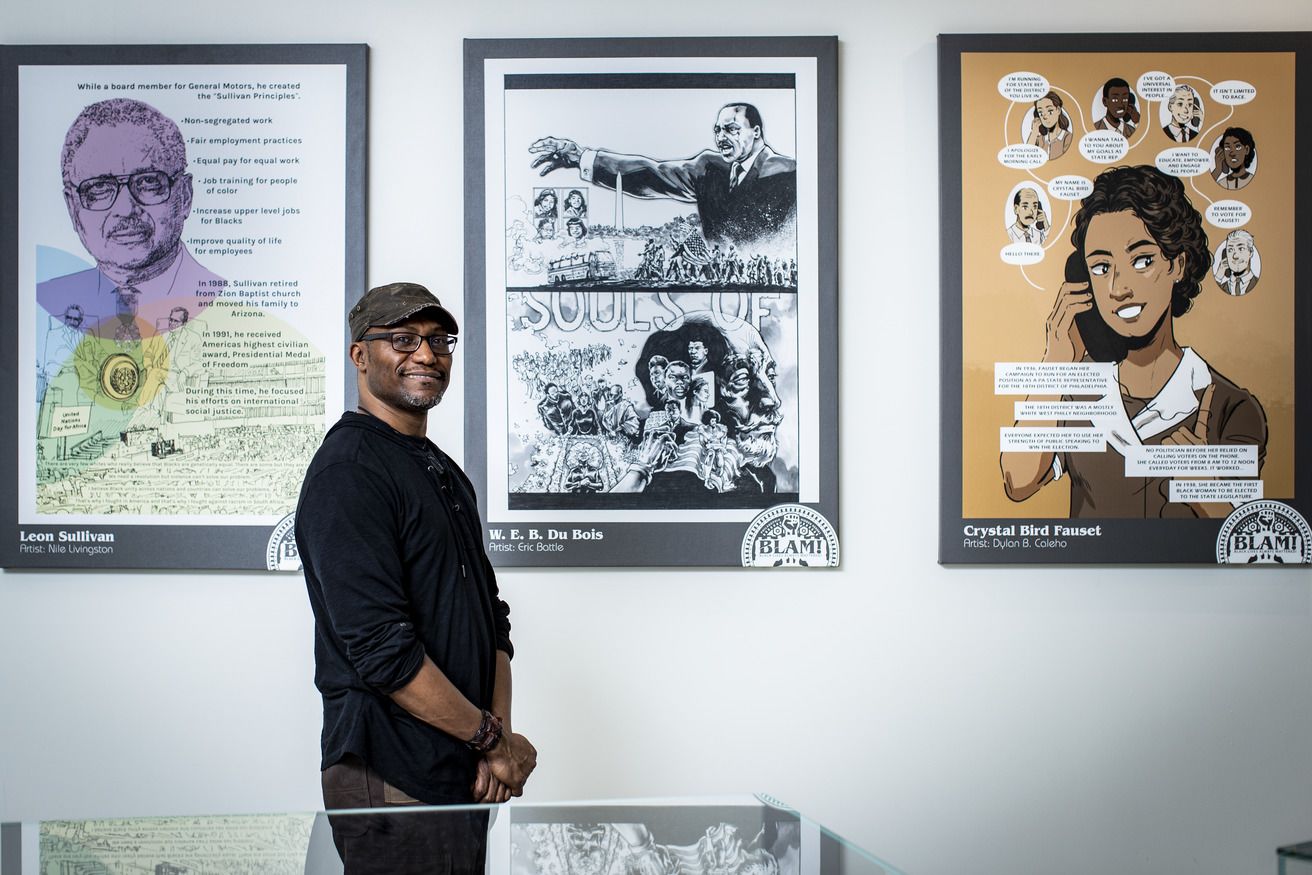

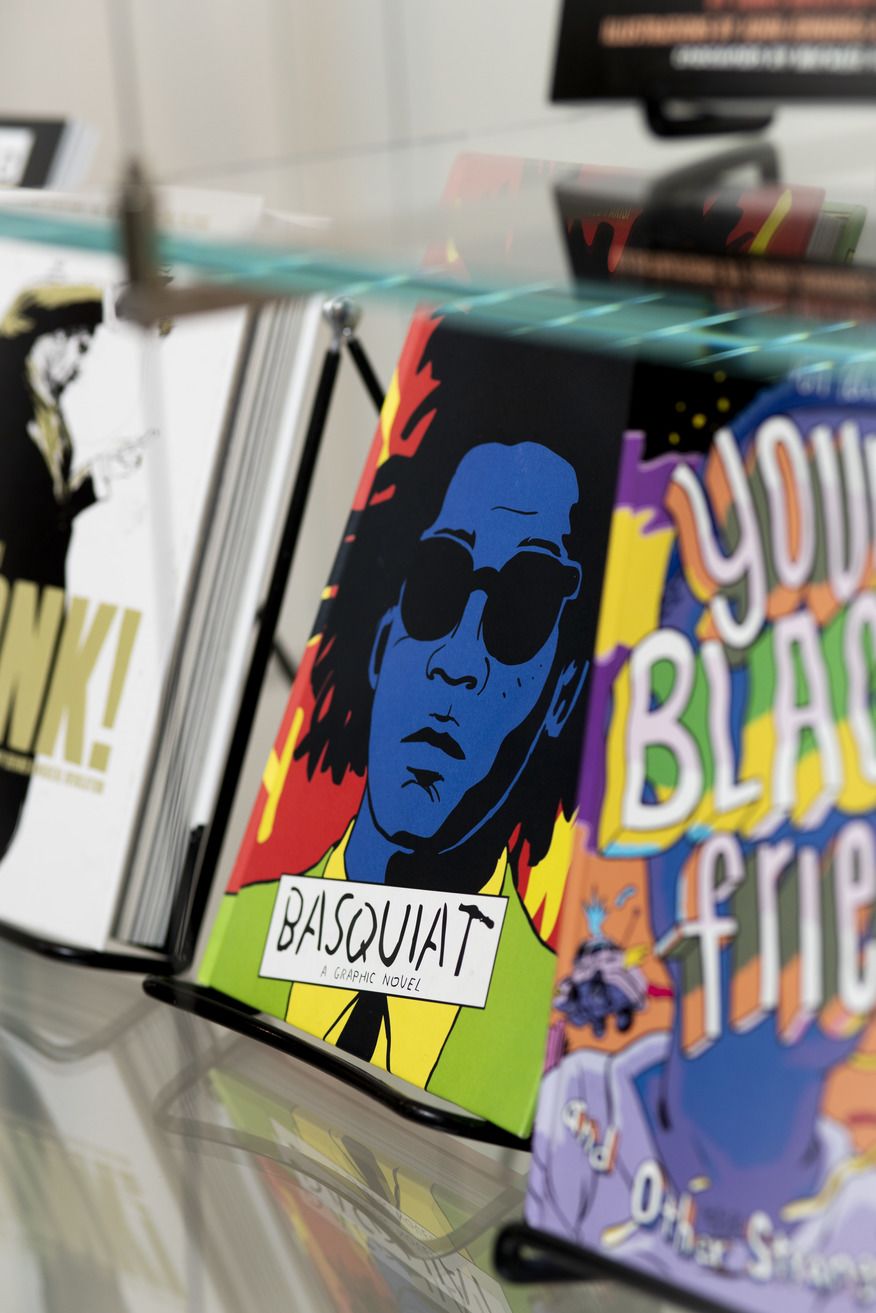
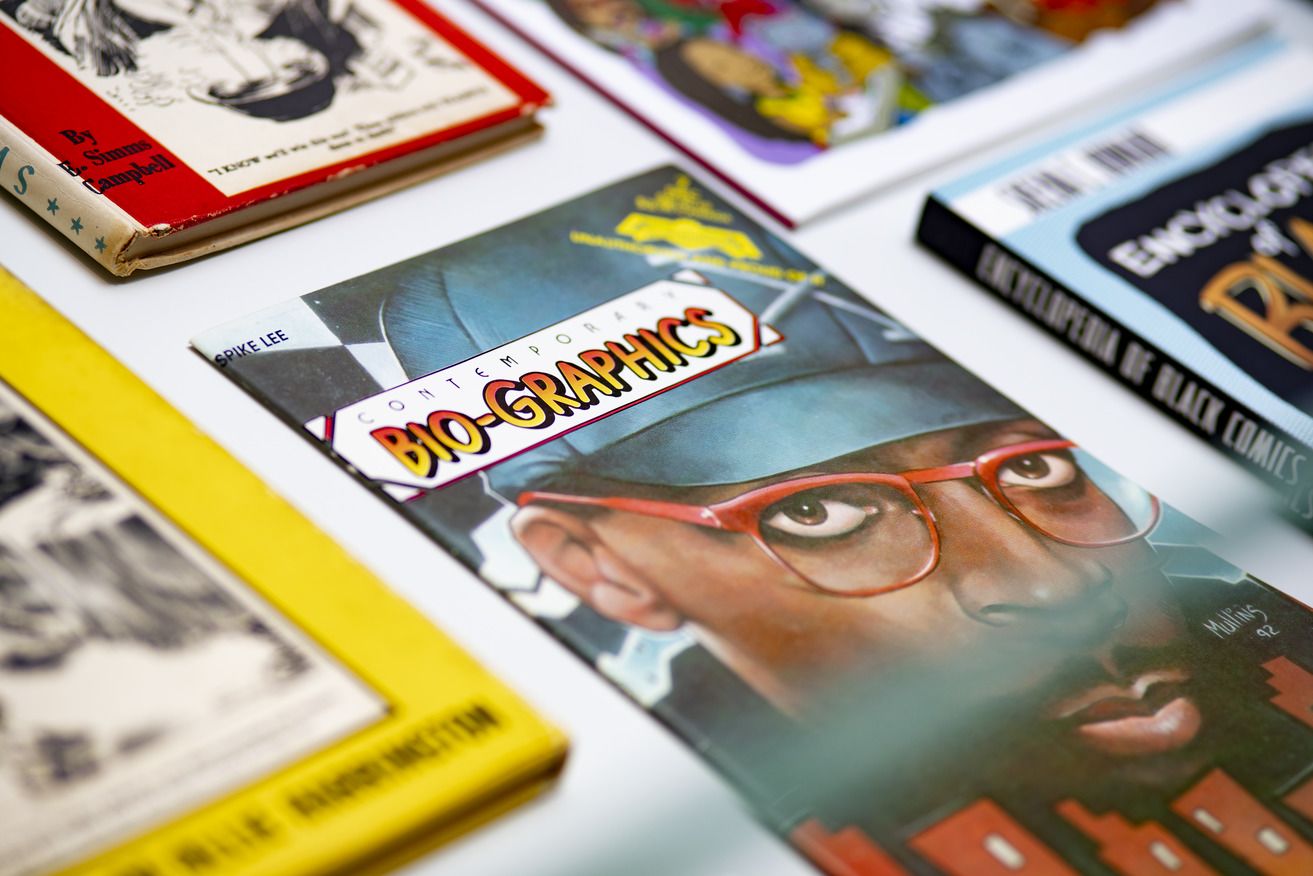
Exhibition space
Illustrations from a forthcoming graphic novel Black Lives Always Mattered! Hidden African American Philadelphians in the Twentieth Century were placed on display in Charles Library’s first floor exhibition space, adjacent to the Urban Archives, just before campus closed last March. But the library pivoted and moved the exhibition online this fall.
The project was spearheaded by the Libraries’ Charles L. Blockson Afro-American Collection, one of the most prestigious collections of African American artifacts in the U.S, and was funded with a grant from The Pew Center for Arts & Heritage.
The novel draws source material from the Blockson Collection and is meant to encourage conversations about race in America, said Diane Turner, the collection’s curator. It will be distributed to local schools after it’s published.
Local artist Eric Battle was selected by Turner as the project’s curator and art director. He is best known for his work with DC Entertainment and Marvel Comics.
“When students see the beautiful images and illustrations, they will be drawn into learning more and they’ll want to know who this person is and what he or she did?” said Turner.
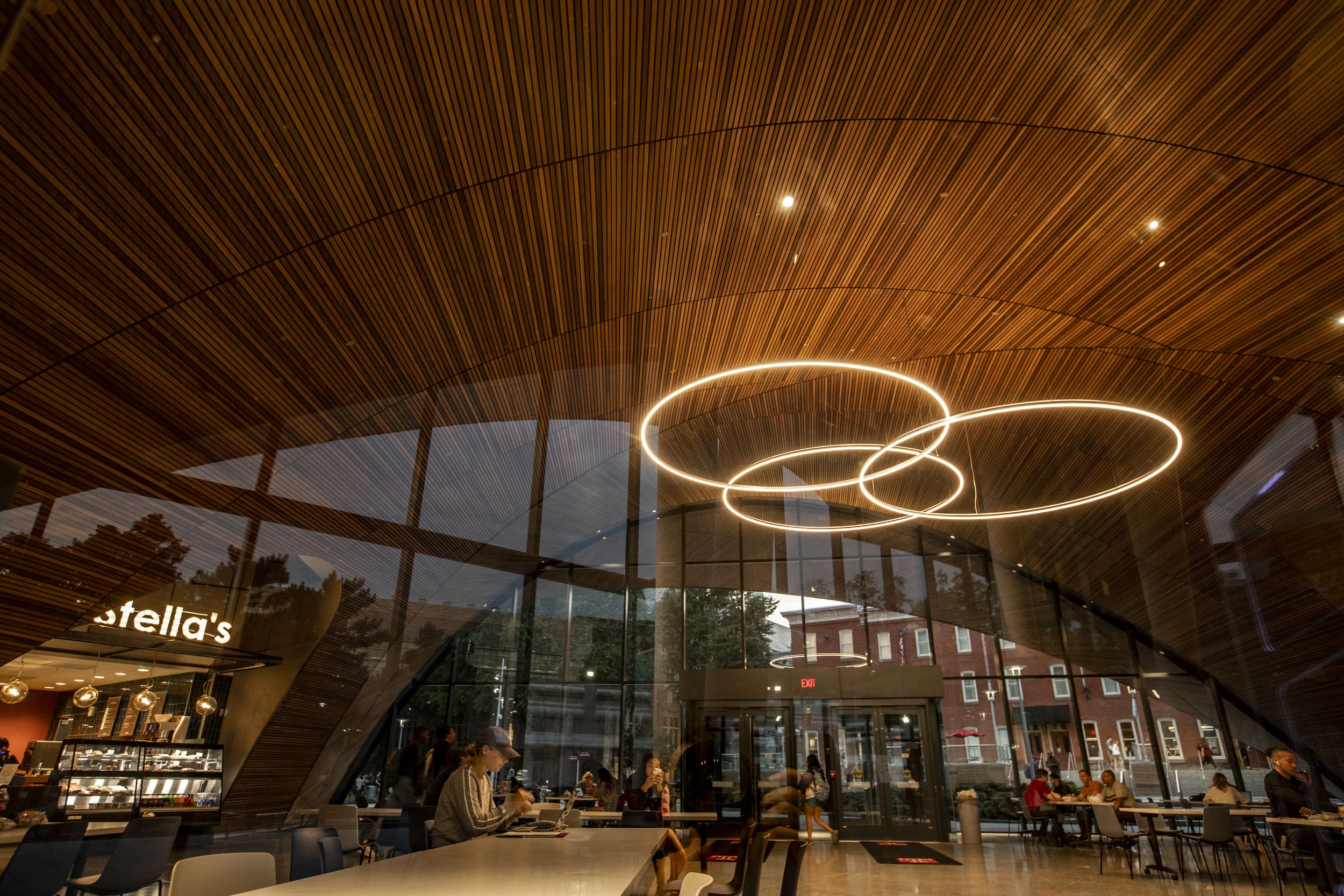
The Student Success Center
The second and third floors of Charles are home to the Student Success Center (SSC), which bills itself as a comprehensive, “one-stop-shop” for academic support serving both undergraduate and graduate students.
Following the shift to mostly remote instruction, all Student Success Center offerings moved entirely online. They even offer a virtual front desk where students can stop by with questions, just as they may have in the physical space.
Computer and information science major Tina Moon, Class of 2022, visited the Student Success Center for math tutoring twice a week during the spring semester, before the transition to virtual learning.
“Going to office hours is intimidating,” she said. “But with a tutor, you’re talking to a student—someone like you.”
She chose to make her appointments with the same tutor whenever possible.
“With calculus, you have to practice a lot—there are so many different kinds of problems and so many different issues can pop up.” she said. “I usually understand the concept, but in doing the equation, I might need help getting from here to there to there and to the answer.”
In addition to STEM (science, technology, engineering and math) tutoring, the center offers a wide variety of programs for both graduate and undergraduate students, including writing support, group study sessions and language learning help.
“At the Student Success Center, our goal is to make sure that students can get the most out of their academic experiences at Temple,” said Assistant Vice Provost Lori Salem, director of the SSC. “Having the SSC in Charles Library means that now if students run into questions or problems while they are studying, doing homework or writing a paper, they can just walk right over to the SSC to get help; it’s very convenient.”
As for how remote tutoring is working? “Doing this work online has been working really well,” said Salem.

3D pivot
This past spring, when a group of faculty, staff and students launched a manufacturing operation to produce personal protective equipment amid the COVID-19 pandemic, they turned to the makerspace in Charles Library, which offered the ability to 3D print several items at once, for help with some of the production.
The cross-disciplinary group known as the Temple University COVID-19 Assistance Team launched the operation remotely to avoid further spread of the coronavirus.
“The idea was to make something reusable that could be quickly built in five minutes, tops, and to have it be sterilizable and reusable,” said Associate Professor of Biology Tonia Hsieh, who specializes in biomechanics and led the design and production of some of the face shields.
All together the team was able to produce nearly 3,000 pieces of face shields and holders.
“My sister works at a hospital in New York City, so when it exploded there, I was feeling helpless: Here I was in the midst of this enormous outbreak with all this training behind me and all this intellectual power, feeling totally helpless,” said Hsieh.
“She said they needed N95 masks and ventilators … and I thought, ‘I can’t get you a ventilator, but I know enough about building things and engineering things that I can probably build something [similar to] an N95.’”
Makerspace Manager David Ross was often the only person in the library space over the summer as he oversaw the printing of materials and molds for face shields.
“A big part of the library’s mission in general is to connect people,” said Ross. “The best thing about the whole nightmare of COVID-19 is that everyone is in the same boat, and everyone is reaching out and coordinating.”
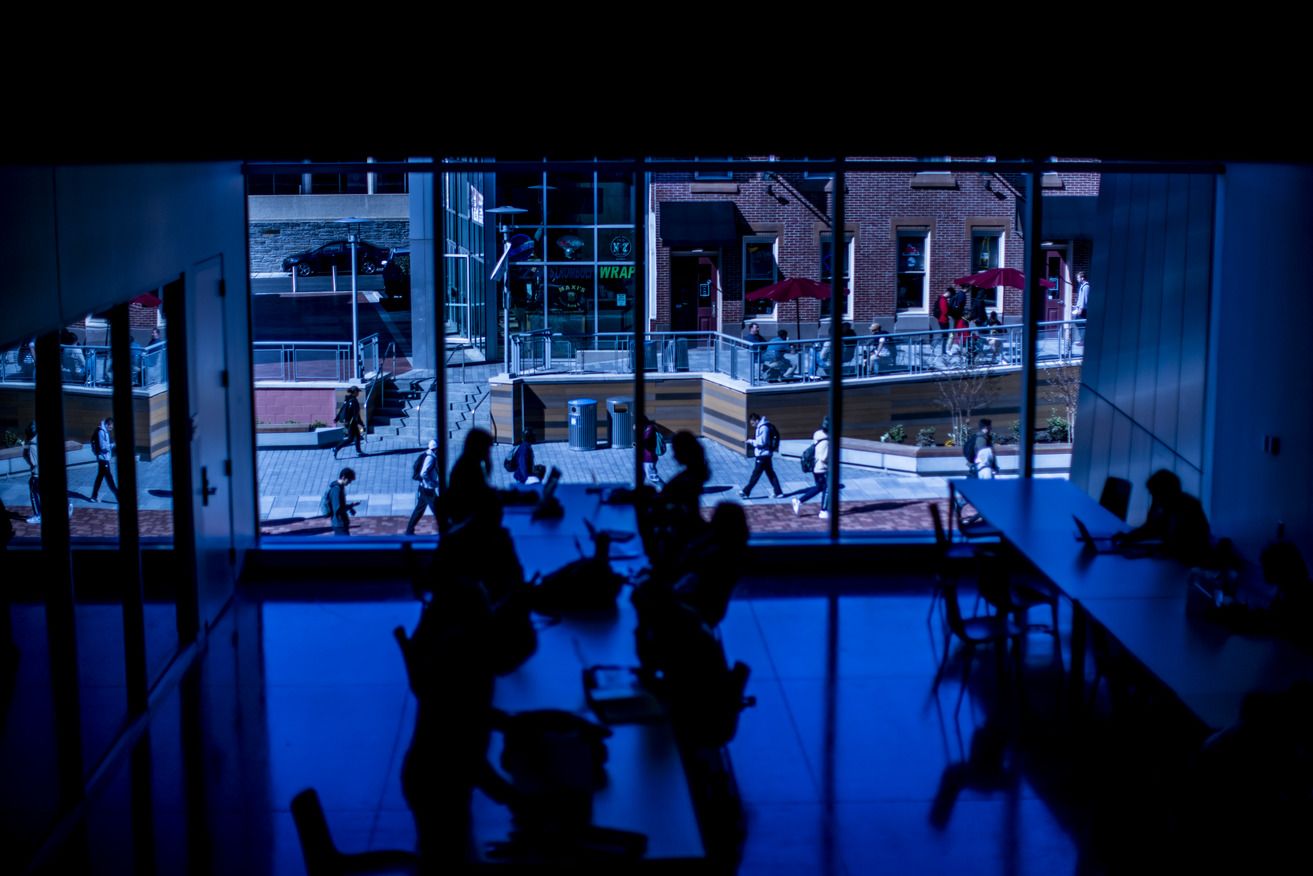
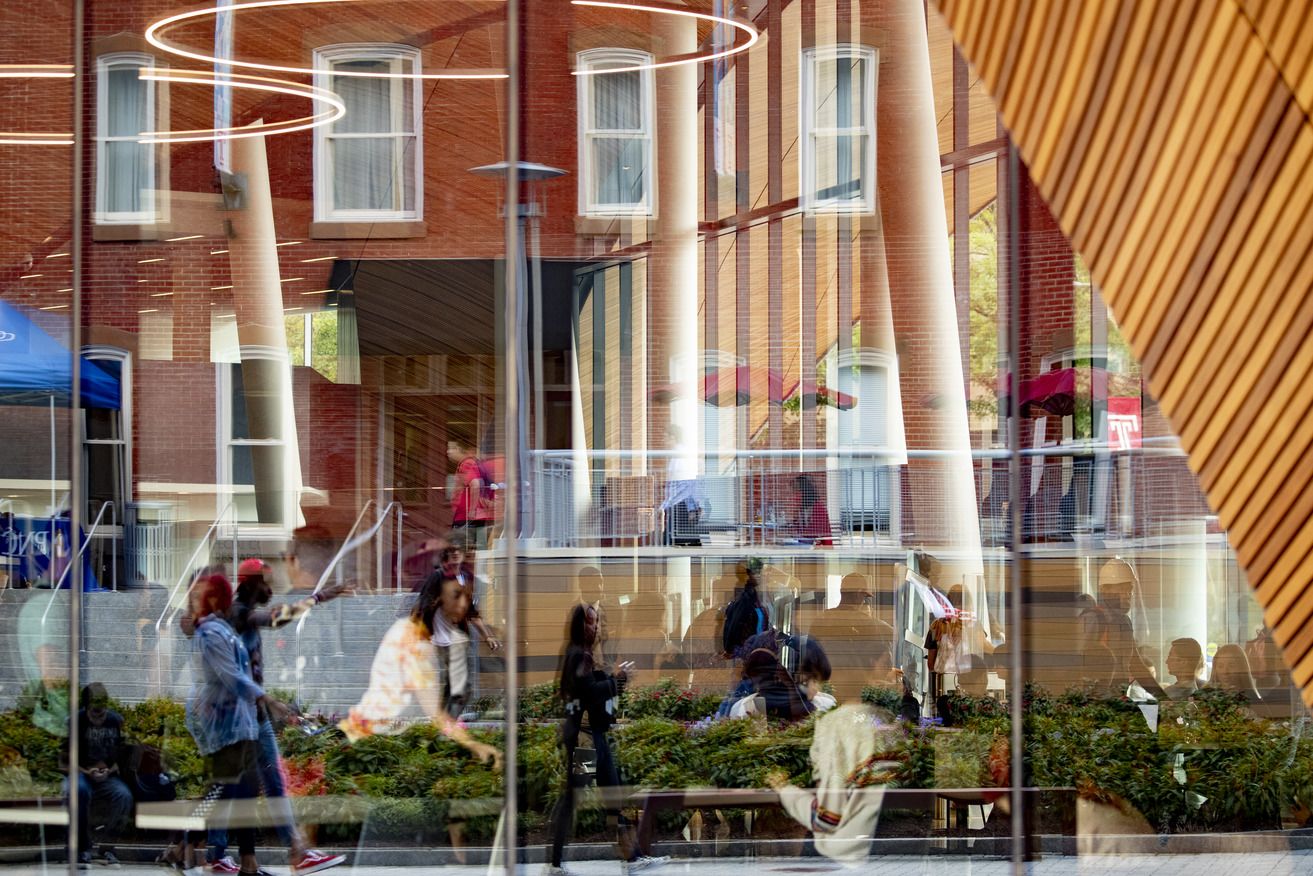
Transforming campus
Charles Library’s impressive building is the product of renowned Norway-based design firm, Snøhetta, noted for creating architecturally meaningful buildings, such as the Central Library of Calgary Public Library in Alberta, Canada, and the redesigned Pavilion at the National September 11 Memorial and Museum in New York City. And it marks one of the biggest investments in new facilities in Temple’s history.
Arching wooden entrance ways invite all into a voluminous domed lobby. At the center of the dome, a glass “oculus” lets sunlight from the fourth floor pour into the floors below. An assistance desk provides library users with access to the library’s book collection, stored primarily in a robotic high-density Automated Storage and Retrieval System, affectionately known as the ‘BookBot.’
Because the BookBot drastically reduces the square footage needed for book storage, more space is devoted to collaborative learning, community building, digital scholarship, academic resources and individual study.
A green roof, one of the largest in the city, helps stem stormwater runoff and is part of the library’s plan to achieve LEED certification.
Located at the heart of Main Campus at the intersection of Temple’s two primary pedestrian arteries, Liacouras and Polett walks, and neighboring the university’s iconic Bell Tower, Charles Library serves as a modern day public square for the university community and its neighbors.
